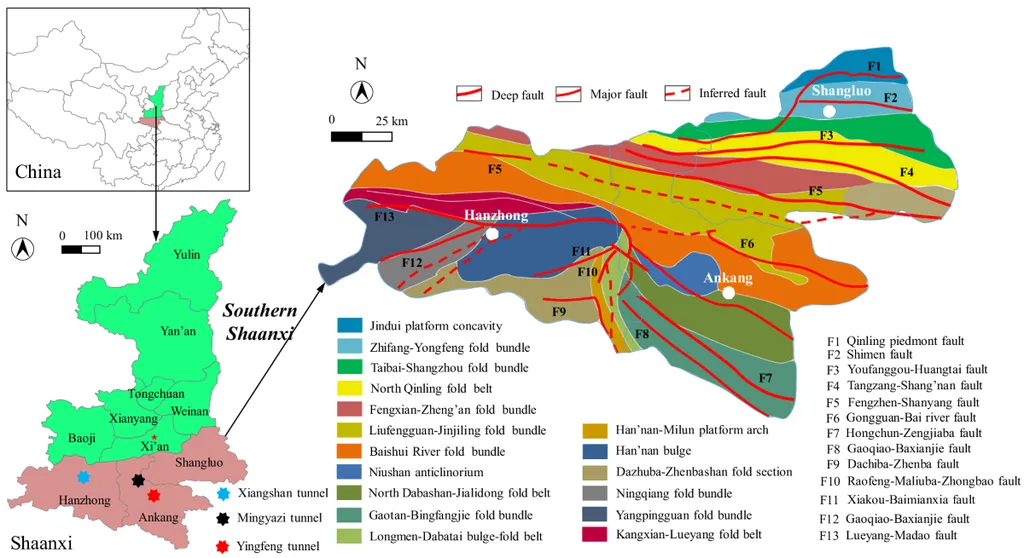In the heart of China’s coal country, Shanxi Province, a groundbreaking study has shed new light on the region’s long-standing struggle with ground instability. Researchers, led by Yuting Wu from the National Key Laboratory of Microwave Imaging at the Chinese Academy of Sciences, have successfully mapped the province-wide ground deformation between 2007 and 2010 using a cutting-edge technique known as wide-area interferometric synthetic aperture radar (WA-InSAR) technology. This research, published in the IEEE Journal of Selected Topics in Applied Earth Observations and Remote Sensing, translates to the English as the “IEEE Journal of Selected Topics in Applied Earth Observations and Remote Sensing,” offers a comprehensive look at the spatial and temporal distribution of ground deformation, providing crucial data for future geohazard management and energy sector planning.
Shanxi Province, a significant energy hub in China, has been grappling with the consequences of extensive underground coal mining and groundwater over-extraction. These activities have led to a proliferation of ground instability areas, breeding a series of geohazards that pose risks to infrastructure, agriculture, and local communities. While previous studies have examined the current state of ground instability in the region, Wu’s research marks the first time that provincial-scale ground deformation has been recovered for the period between 2007 and 2010.
To achieve this feat, Wu and her team utilized all ALOS-1 PALSAR images from 1234 scenes and 67 frames, employing WA-InSAR technology and a machine learning algorithm. The results revealed a total of 429 ground instability regions covering an area of 3,748.112 km². The spatial distribution of the deformation was found to be highly consistent with that of mining subsidence areas (MSA) and plain agricultural regions.
“The spatial distribution of the deformation is highly consistent with that of MSA and plain agricultural regions,” Wu explained. “The MSA has a dense distribution of subsidence areas. In the plain areas represented by facility agriculture in the Taiyuan Basin and Yuncheng Basin, local surface deformation is more significant due to the greater demand for groundwater.”
The implications of this research for the energy sector are substantial. By providing a detailed understanding of the spatial and temporal distribution of ground deformation, the study offers valuable insights for energy companies operating in the region. This information can be used to assess the risks associated with mining activities and to develop strategies for mitigating the impacts of ground instability.
Moreover, the research highlights the potential of WA-InSAR technology for provincial or regional-scale deformation monitoring. As Wu noted, “The results of this study will provide basic data for ground stability surveys and government control in Shanxi Province and also serve as a reference for provincial or regional-scale InSAR deformation monitoring.”
The study’s findings are expected to shape future developments in the field of geohazard management and energy sector planning. By offering a comprehensive look at the ground deformation in Shanxi Province, the research provides a valuable resource for policymakers, energy companies, and local communities seeking to mitigate the impacts of ground instability and ensure the sustainable development of the region’s energy resources.
In the words of Wu, “This research is a significant step forward in our understanding of the ground deformation in Shanxi Province. It offers a wealth of data that can be used to inform decision-making and to develop strategies for managing the risks associated with ground instability.”

